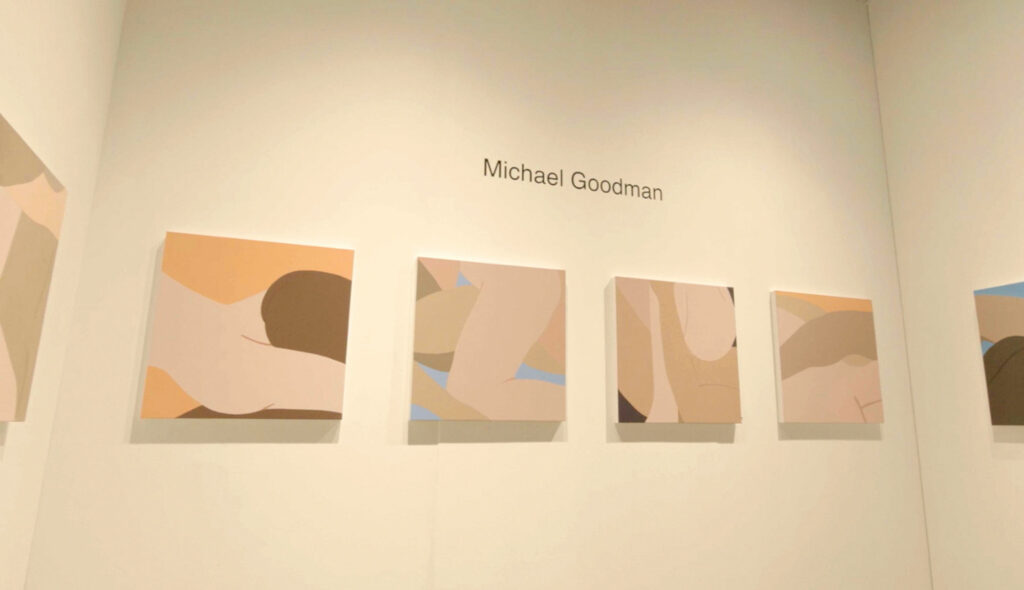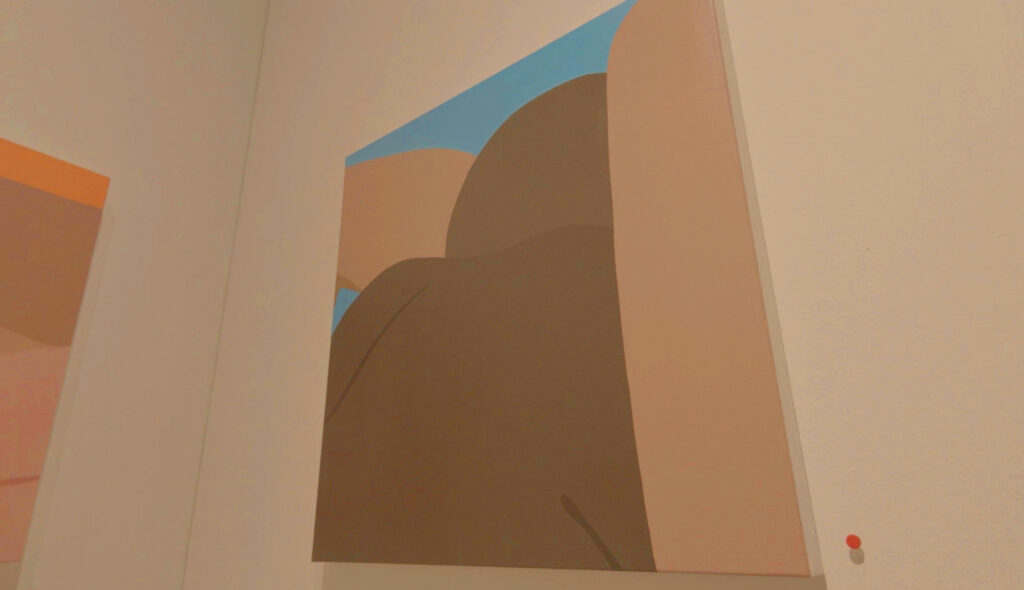Interview: Michael Goodman
How did you begin your career in the art world?
I went to a school here in Los Angeles called Los Angeles County High School for the Arts, shorthand for LACHSA, where I studied painting, drawing—a lot of formal art there. That’s where the passion and love came for for actually creating. And after attending there, I went to San Francisco Art Institute for a little bit before leaving to go into my gallerist venture.
Why did you change from creating your work to representing the artists?
Can you explain how your creativity has allowed you to progress through these changes in how you represent artists and also how you do business?
I think one of the differences that I have that’s different from other galleries is that I practice myself. So when an artist is struggling and creating, I know what it’s like to have artist block versus just telling an artist like, “Oh, you didn’t meet my deadline.” I kind of understand the artistic challenges that come in the creative aspect. I’m also fortunate enough to kind of understand the business aspect of what it takes to actually interact with a collector, how to talk about the art in a different way. So that’s kind of one of my advantages of being on the business side of art, but I also a lot of times am a big component in the creation of it. So a lot of times I’m still helping artists just conceptualize their work and help them through even some technical abilities if they’re not formally trained.


How do you balance your sense of creativity with your great value in business?
And the next question is, how is what you're doing now empowering you and the artists around you?
Where I’m at now in my career, I have the kind of luxury to dial back and really tap into the creative outlet that I first started with. So I’m kind of going back to basics, that’s what this series was about. Going back into my studio practice, experiencing that and all that it has to offer, for me, especially this work was about the process of the work, just literally mixing paint, applying it to the canvass. It was all about that beyond the subject matter of what it is. So that being said, it’s really nice to personally reconnect in that creative outlet. And still, I always have my eye on business, it’s a guilty pleasure.
The artwork that you have currently, let's talk about your series.
Okay. So this specific series which I call Part of the Coma Series, is about essentially putting out this taboo kind of subject matter here at least in Western culture, and sharing it with the world in a somewhat abstract way that also makes people think about these very highly controversial issues that we’re dealing with—whether it’s identity, politics, sexuality, it’s kind of embracing all that. And for me, it’s interesting when I’m looking at the work now that I’ve done it, it’s a very different experience. Because when I was doing it, it was really just about shapes, colors, as I said before, primarily the process of making it. But now that I’ve had a couple of days to kind of see it in more of a gallery setting, I’m starting to potentially see what others see when they first see it, and I’m enjoying that as well. So I’m going to reinvestigate my art now that I’ve already done it and get into the potential deeper meanings and emotions it’s making me feel.
Let's talk about Artmatcher.
Artmatcher is an app that allows gallerists, artists, and collectors to interact in a new way like never before. We’re about building relationships, and that’s what the app’s about. A lot of people would compare it to the Tinder of the art world. I like to say it’s maybe a fusion between Duolingo and Tinder. What it’s going to allow—it’s going to be a tool that these participants are going to be able to use and effectively do business together, better business together. So check it out. Right now we’re onboarding artists to upload their portfolio to Artmatcher and kind of experience it before we launch out our app in December.

